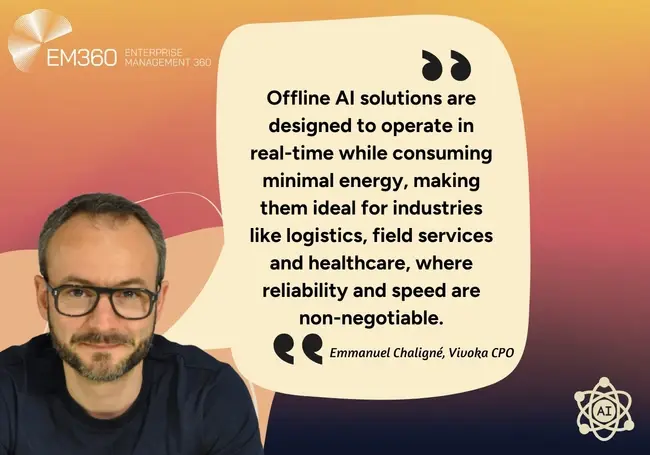
You’re in the woods, with no network, and no connection to the outside world. You’re lost and trying to find your way back home. Imagine having access to an AI model on your phone and you can ask it questions like,
"How can I navigate towards the east?" "What are the edible plants in this area?” "How can I build a temporary shelter?" "What are the signs of approaching danger (for instance, wild animals)?" or "How can I conserve water and stay hydrated?"
Such transformative technology is already marking its spot in the world. Among them, Vivoka, a French software company offers an all-in-one solution to enterprises, helping them create their own high-performance, secure offline voice AI assistant in record time.
With OpenAI leading the AI race, the tech giant too is now actively pursuing advancements in Voice artificial intelligence (Voice AI) through its existing tools.
Earlier on October 1, 2024, OpenAI launched a collection of tools for developers to build Voice AI applications using a single set of instructions.
Can you imagine such a tool in a scenario without the internet?
EM360Tech’s Shubhangi Dua interviewed Emmanuel Chaligné, Chief Product Officer of Vivoka, asking him about the potential of offline AI models for businesses, AI challenges going forward, trends and AI's future impact on the internet.
1. What unique competitive advantages can businesses gain by adopting offline AI, especially in industries with limited or unreliable internet connectivity?
Offline AI offers unparalleled reliability and privacy. For industries like healthcare, where connectivity can be a matter of life and death, having solutions that don’t depend on the cloud ensures continuity of service.
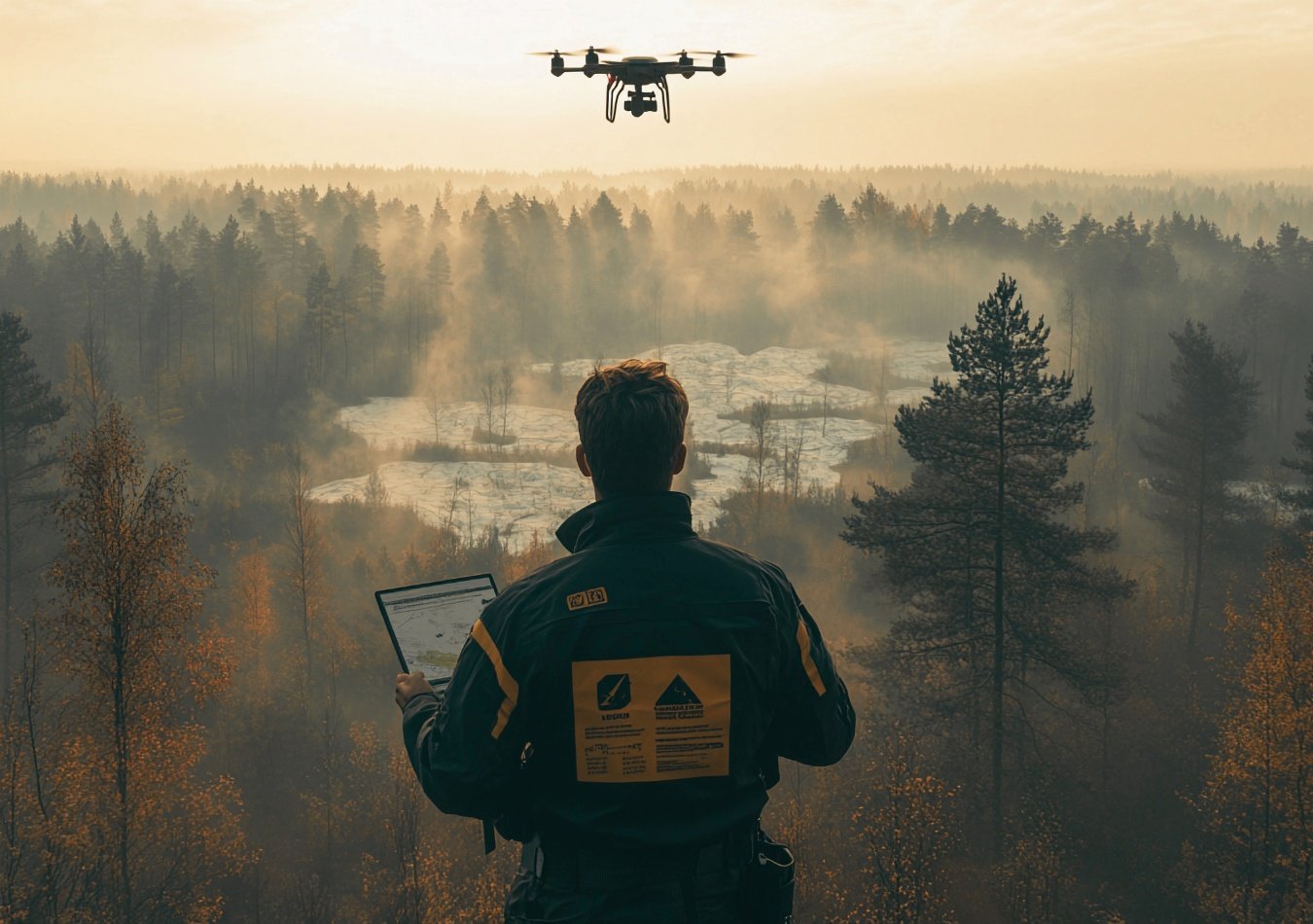
Similarly, in logistics or field operations, offline AI empowers businesses to work efficiently in remote or unpredictable environments. It also provides a layer of privacy, as sensitive data is processed locally, reducing compliance risks and building trust with clients and end-users.
Also Read: Top 10 AI Audio Generators
2. How can businesses scale their offline AI solutions to meet growing demands and adapt to changing business needs?
Scaling offline AI requires modular and flexible architectures. Businesses can start with a specific use case and expand functionality as needs evolve. At Vivoka, we offer tools that allow clients to tailor AI models to their operations without needing extensive technical expertise.
The benefits are clear – scalability ensures long-term cost-efficiency, adaptability to new market demands, and faster time-to-market for innovative features.
3. How can businesses ensure the privacy and security of sensitive data processed by offline AI systems, especially in regulated industries?
Privacy and security are inherent strengths of offline AI. Data never leaves the device, minimising exposure to breaches or unauthorised access.
For regulated industries, such as healthcare, compliance with frameworks like HIPAA in the US or GDPR in the EU is more straightforward with offline AI. Vivoka complements this by implementing robust encryption and access controls to safeguard sensitive information.
4. How is it possible to develop an AI model for offline use?
Developing AI for offline use involves optimising models to function effectively on devices with limited computational resources. This is achieved through techniques like model quantisation, where numerical precision is reduced to lower the computational load, and knowledge distillation, where a smaller model learns from a larger, pre-trained one.
At Vivoka, we also use pruning methods to remove unnecessary parameters from models without sacrificing performance. These techniques allow us to deliver strong AI solutions that work seamlessly on edge devices.
Also Read: OpenAI Withdraws ChatGPT's Scarlett Johansson-Like Voice Mode
5. What emerging trends in offline AI do you see as having the most significant impact on businesses?
Emerging trends like federated learning and model quantisation are game-changers. Federated learning enables collaborative model improvement across multiple devices without sharing raw data, aligning with privacy-first principles.
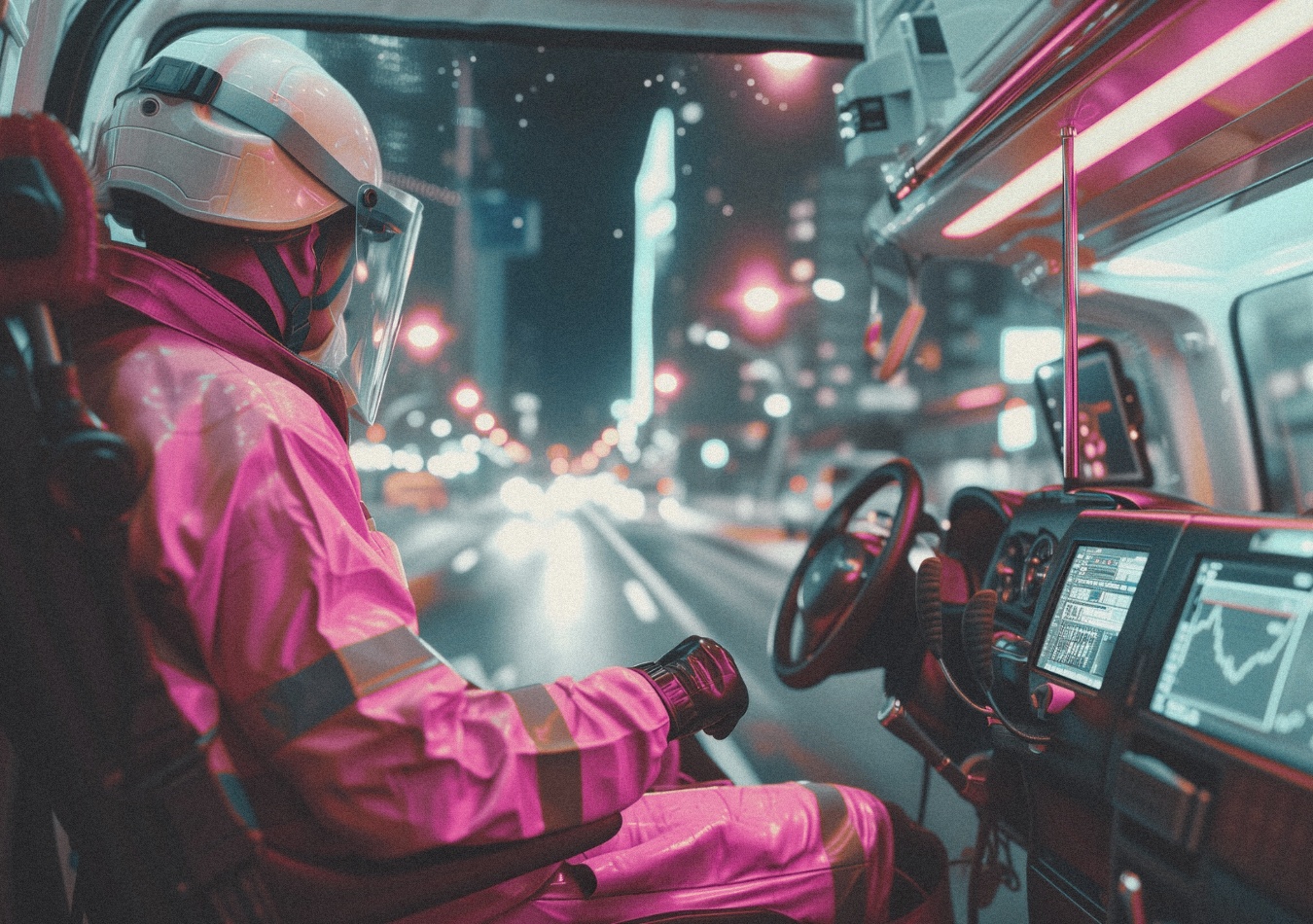
Model quantisation, on the other hand, allows businesses to deploy AI solutions on resource-constrained devices without compromising performance.
At Vivoka, we’re also exploring edge AI orchestration, where multiple offline devices can work together seamlessly, opening new possibilities for industries reliant on decentralised operations.
6. What are the challenges in using AI models for edge devices with limited computational power? How can we get around that?
Edge devices, such as handheld computers or industrial equipment, often have limited processing power and memory. The main challenge lies in balancing performance with resource constraints. To address this, we leverage lightweight models, efficient algorithms, and hardware-specific optimisations.
Vivoka’s offline AI solutions are designed to operate in real-time while consuming minimal energy, making them ideal for industries like logistics, field services and healthcare, where reliability and speed are non-negotiable.
7. What are the biggest regulatory challenges you are facing or foresee for AI development and deployment?
Regulatory challenges differ across regions. In the EU, the upcoming AI Act is likely to introduce strict compliance requirements, especially around high-risk applications like healthcare and industrial automation, which are core to Vivoka’s focus.
In the US, the landscape is more fragmented, with state-level regulations like California’s CCPA addressing privacy concerns but lacking a unified federal framework.
For the UK, post-Brexit regulation is still evolving, which creates uncertainty for businesses operating across these jurisdictions. Navigating these varying regulations requires agility and a proactive approach to compliance.
8. How is Vivoka addressing ethical concerns, such as bias, privacy, and the potential misuse of AI technology?
At Vivoka, we prioritise ethical AI development by embedding principles like fairness, transparency, and privacy into our design and deployment processes. For example, when creating voice recognition solutions, we strive to minimise biases by training models on diverse datasets.
Privacy is a cornerstone of our offline AI systems, which process data locally rather than relying on cloud servers, significantly reducing the risks of data breaches or misuse. Furthermore, we actively engage with industry regulations and ethical guidelines in both the EU and the US to align our practices with the highest standards.
9. What do you envision as the most significant impact of AI on the internet in the next 5-10 years?
AI will transform the internet into a space that’s not only more personalised but also more interactive and action-oriented. One major shift will be the rise of multimodal experiences, where users can seamlessly interact with content using multiple inputs—text, vision, voice, and even gestures. Voice AI and Vision AI, in particular, will play a critical role in this evolution.
Beyond just accessing information, we’ll be able to use our voice to trigger actions, like controlling devices, automating workflows, or even making complex decisions in real-time. For instance, rather than typing commands or navigating endless menus, we could simply say, “Book a meeting with John next week,” and AI will coordinate schedules, send invites, and confirm the details.
This evolution from consuming content to directly acting on it through natural, intuitive interfaces will redefine productivity and how we engage with digital systems. Voice AI and Vision AI will lead this revolution, providing accessibility and efficiency that text-based systems alone can’t achieve.
Also Read: AI Agents Will Know Your “Intentions” Before You Do. It’s Called “Intention Economy”
Listen to Podcast: How Streaming Found Its Voice at the Paris Olympics


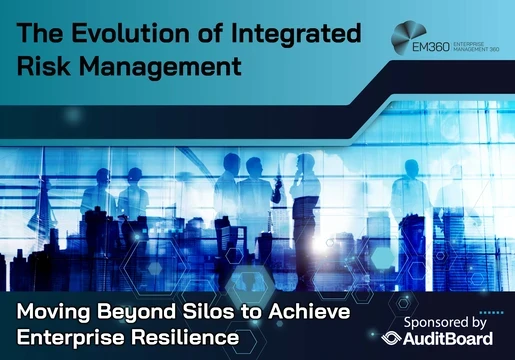



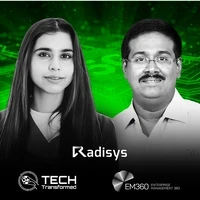


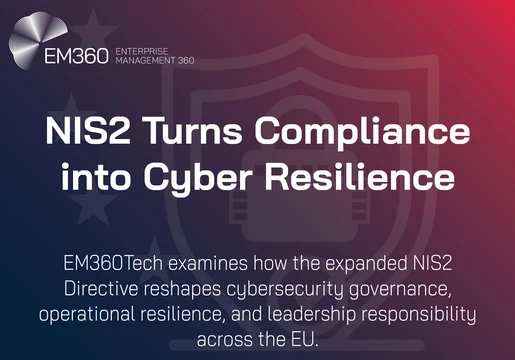

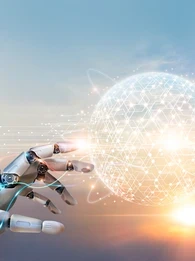


Comments ( 0 )